
1. Introduction: The Challenges of Shady and Damp Environments
When it comes to choosing roofing materials, one of the key factors to consider is the environment in which your home is located. For homes in areas with plenty of shade and high humidity, selecting the right roofing material is crucial for ensuring long-term durability and protection. Moisture, mold, and algae growth can cause significant damage to your roof if the wrong materials are used.
In this article, we'll explore the best roofing materials for shady and damp environments, providing insights into their benefits and drawbacks to help you make an informed decision. Whether you’re replacing an existing roof or building a new one, understanding the needs of your environment is essential for choosing the best roofing solution.
2. Understanding the Impact of Shade and Moisture on Roofing
Before we dive into the roofing options, let’s take a closer look at how shade and moisture affect roofing materials. Shaded areas typically receive less sunlight, leading to slower drying times and increased moisture retention. This creates the perfect environment for algae, moss, and mold to thrive. Additionally, high humidity levels can cause certain roofing materials to deteriorate more quickly.
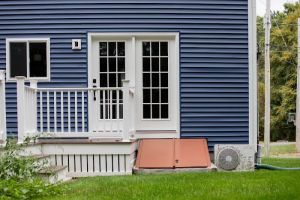
Reliable Roofing, Siding & Windows
StoughtonNorfolk CountyMassachusetts
194 Tosca Dr, Stoughton, MA 02072, USA
2.1. Effects of Shade on Roofing
Shade can reduce the lifespan of roofing materials in several ways:
- Slow Drying Time: Moisture takes longer to evaporate in shaded areas, leading to prolonged exposure to damp conditions.
- Algae and Moss Growth: Without sufficient sunlight, algae and moss can accumulate, leading to stains and potential roof damage.
- Increased Wear: Over time, constant moisture can degrade roofing materials, causing them to weaken and crack.
2.2. Effects of Dampness on Roofing
Damp conditions can be even more challenging for roofing materials:
- Mold and Mildew: Persistent moisture can lead to the growth of mold and mildew, which can damage your roof and compromise indoor air quality.
- Corrosion: Metal roofs, in particular, are susceptible to rust and corrosion in damp environments.
- Water Infiltration: If roofing materials are not properly sealed, water can seep through and cause leaks inside your home.
3. Best Roofing Materials for Shady and Damp Environments
Now that we understand the challenges posed by shade and dampness, let’s explore the best roofing materials that can withstand these conditions.
3.1. Metal Roofing
Metal roofing is an excellent choice for homes in shady, damp environments. It is highly durable, resistant to moisture, and can withstand extreme weather conditions. Metal roofs are less prone to algae and moss growth compared to other materials, making them ideal for shaded areas.
3.2. Asphalt Shingles with Algae Resistance
Asphalt shingles are one of the most popular roofing materials in North America due to their affordability and versatility. When choosing asphalt shingles for a shady, damp environment, look for options with algae-resistant granules. These granules contain copper or zinc that help prevent the growth of algae and moss on the roof, keeping your roof clean and protected.
3.3. Slate Roofing
Slate is a natural stone that is not only beautiful but also highly durable. It is resistant to moisture and mold, making it an excellent choice for homes in humid and shaded areas. While slate can be more expensive and heavy, its longevity and resilience against the elements make it a worthwhile investment.
3.4. Synthetic Roofing Materials
Synthetic roofing materials, such as synthetic slate and rubber roofing, offer the appearance of traditional materials with enhanced durability and resistance to moisture. These materials are lightweight, versatile, and designed to resist algae growth, making them a great choice for damp environments.
3.5. Clay or Concrete Tiles
Clay and concrete tiles are known for their ability to withstand moisture and resist the growth of algae and mold. While they may require more maintenance in extremely damp environments, their ability to shed water effectively makes them a viable option for shaded areas. These tiles also provide excellent insulation and energy efficiency.
4. Considerations When Choosing a Roofing Material for Damp and Shady Environments
While selecting the right roofing material is crucial, there are additional factors to consider when planning your roof installation or replacement.
4.1. Local Climate and Weather Conditions
Before making your final decision, consider your local climate and weather conditions. Are you in an area that frequently experiences rain, snow, or high humidity? Understanding the local weather patterns will help you select a roofing material that can handle the specific challenges of your environment.
4.2. Roof Pitch and Ventilation
The pitch of your roof and proper ventilation are critical in ensuring that moisture doesn’t build up under your roofing material. A steeper roof pitch allows water to drain quickly, reducing the chance of mold and algae buildup. Proper ventilation ensures that air can circulate beneath the roof, helping it dry faster and stay in good condition.
4.3. Budget and Installation Costs
Roofing material costs can vary significantly depending on the type you choose. While metal and slate are long-lasting and resistant to moisture, they can be more expensive. Asphalt shingles, on the other hand, offer a more affordable option but may require more maintenance in a damp environment. Consider your budget and the long-term benefits of each material before making a decision.
5. Conclusion: Choosing the Right Roof for Your Shady, Damp Environment
When selecting roofing material for a shady and damp environment, it’s important to prioritize durability, moisture resistance, and long-term performance. Metal roofs, asphalt shingles with algae resistance, slate, synthetic materials, and clay or concrete tiles are all excellent choices that can stand up to the challenges of a wet and shady climate.
For more expert advice and quality roofing products, visit BeachCo Roofing Hub, where you can find the right solutions for your home.



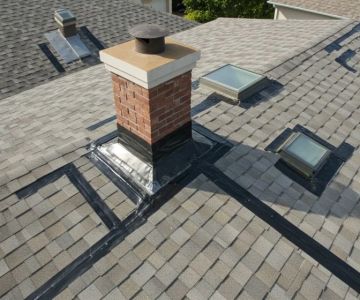


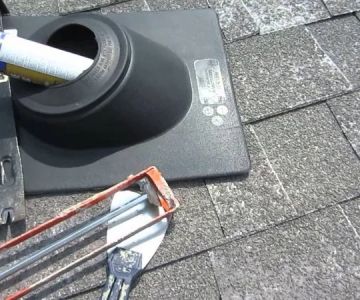
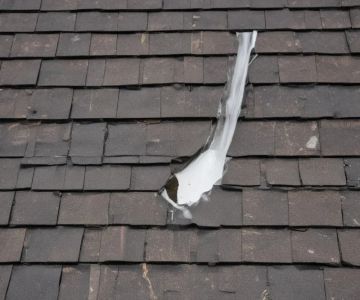
 Danny's Construction LLC5.0 (1 reviews)
Danny's Construction LLC5.0 (1 reviews)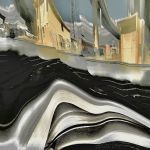 Chaffee Industrial Roofing0.0 (0 reviews)
Chaffee Industrial Roofing0.0 (0 reviews)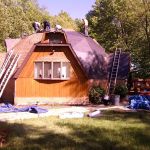 Charis Contractors LLC3.0 (17 reviews)
Charis Contractors LLC3.0 (17 reviews)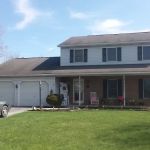 De Carlo Construction0.0 (0 reviews)
De Carlo Construction0.0 (0 reviews) Ready Pros, Inc1.0 (2 reviews)
Ready Pros, Inc1.0 (2 reviews) Rapid Roof5.0 (7 reviews)
Rapid Roof5.0 (7 reviews)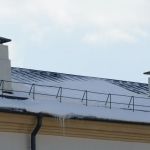 How to Install Roof Ice and Water Shield on Complex Roof Details
How to Install Roof Ice and Water Shield on Complex Roof Details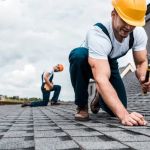 How to Choose a Roofing Contractor That Handles Insurance Claims – Expert Tips
How to Choose a Roofing Contractor That Handles Insurance Claims – Expert Tips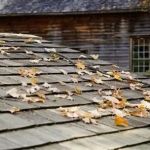 How to Handle Roof Damage Caused by Fallen Tree Branches
How to Handle Roof Damage Caused by Fallen Tree Branches The Cost of Roofing Labor vs. Materials: Breaking Down the Invoice
The Cost of Roofing Labor vs. Materials: Breaking Down the Invoice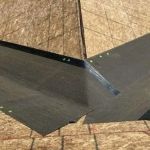 How to Install Roof Ice and Water Shield on a Roof with a Very Low Pitch
How to Install Roof Ice and Water Shield on a Roof with a Very Low Pitch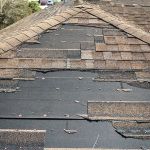 How to Identify and Repair Roof Damage from Tree Sap
How to Identify and Repair Roof Damage from Tree Sap